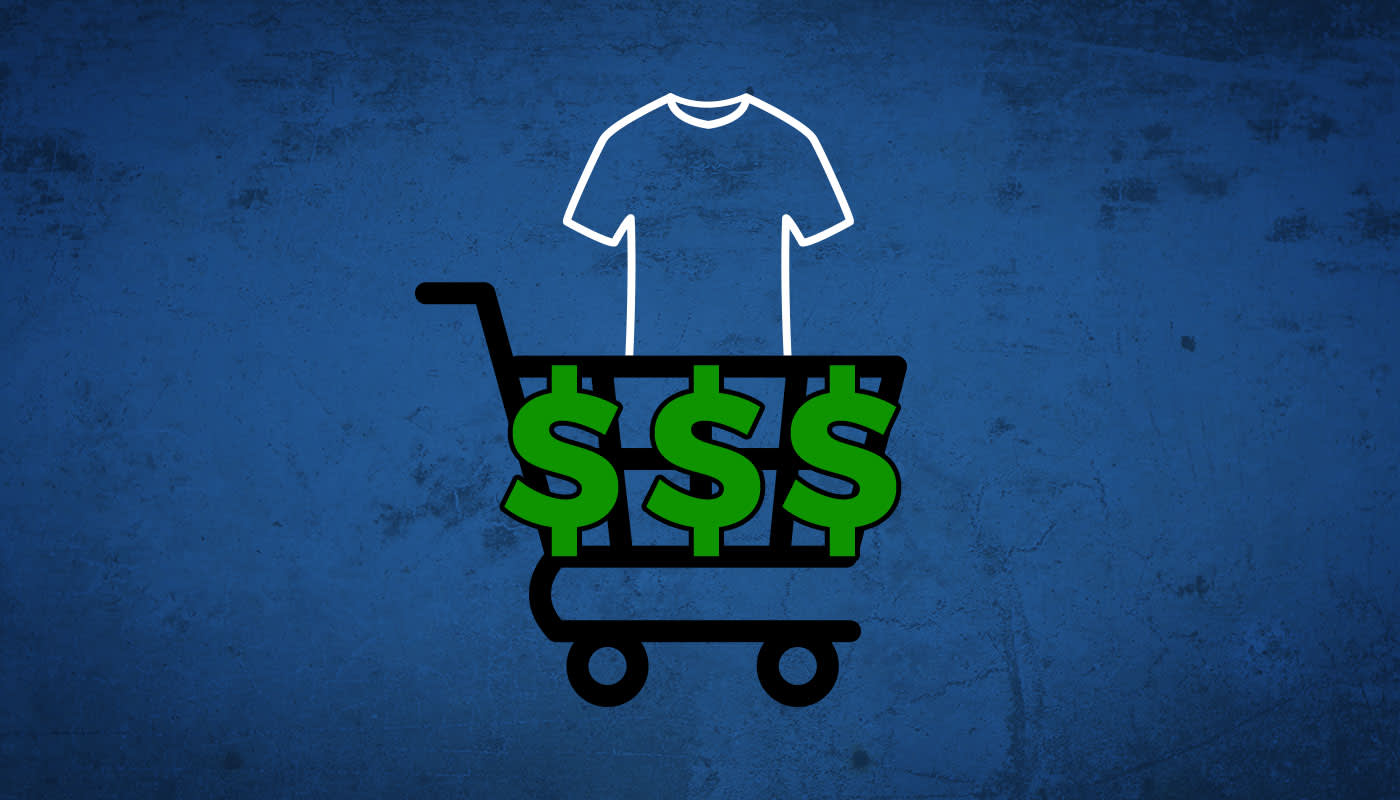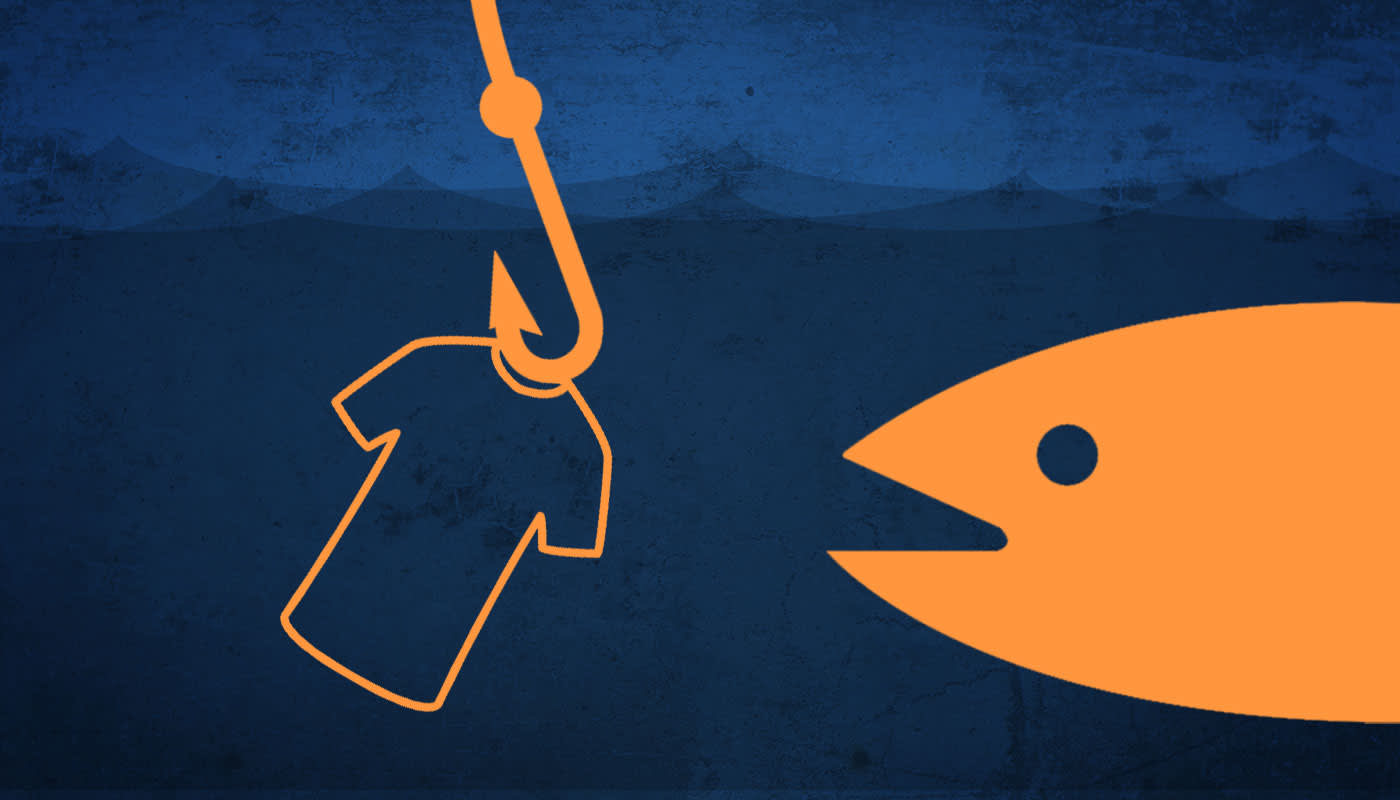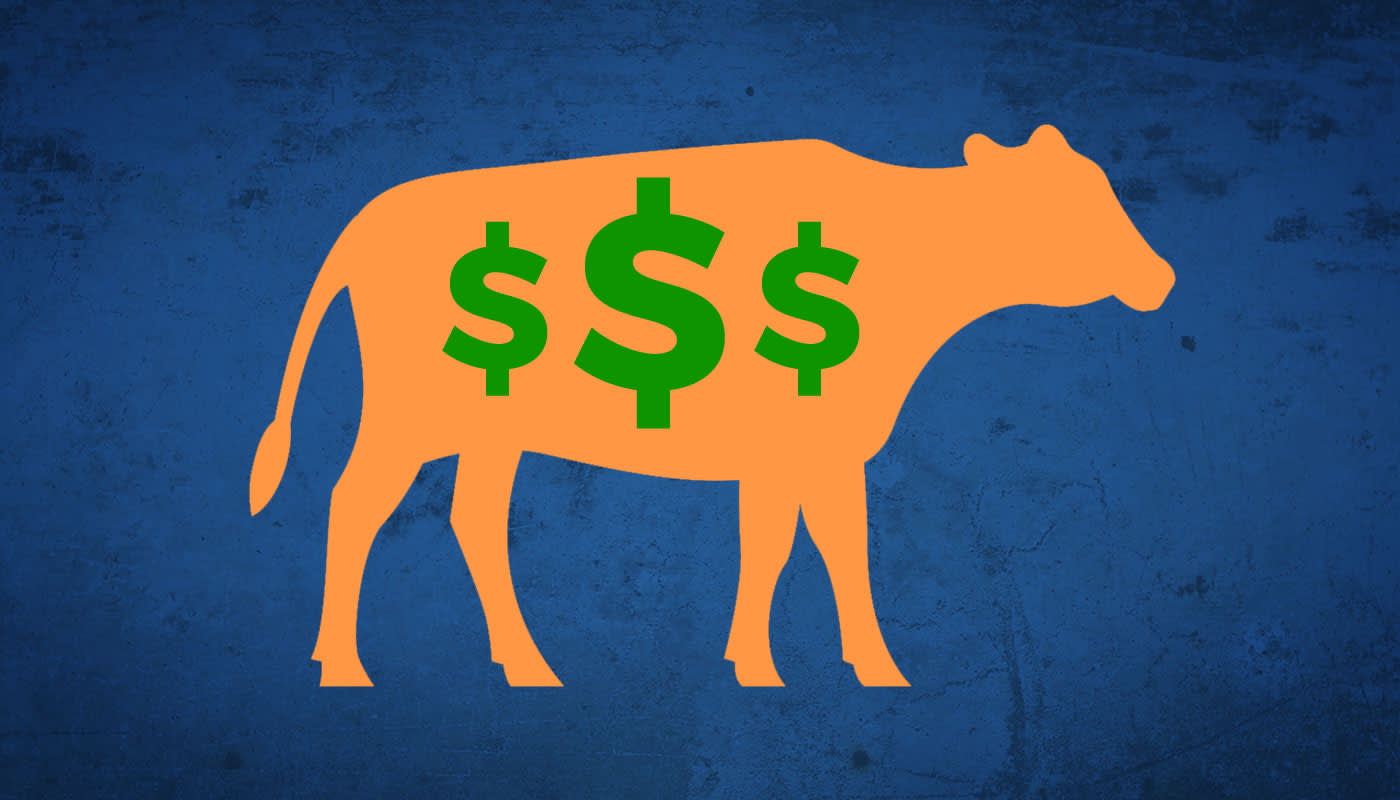How to find the right pricing strategy for your Shop

Thanks to the new commission model, you now have full control over your Shop prices. The right pricing strategy can help you increase your sales and your profits. But which strategy is right for you?
First things first: there is not a perfect one-size-fits-all price strategy to guarantee success. Every Shop, every target group and every season is different. Here are four tried-and-true approaches to consider and some tips on how to best combine them.
The High Roller

The idea is as simple as it is tempting. Simply set a high retail price for your products and rake in the maximum margin (Edit Shop > Prices & Discounts > Prices in Shop). In a perfect world, you’d be rolling in dough with this strategy. Alas, it’s not that simple. Consider your own shopping habits. If you’re eyeing a high-priced product, you tend spend more time considering whether you really need it. With average or low prices, the product ends up in your shopping cart without a second thought.
Think carefully about the optimal price for your target group and your products. Ideally, you’ll create a pricing strategy that allows you to sell as many products as possible with a high margin.
The Low Blow

Another way to get a good turnover in your Shop is by focusing on quantity rather than price. For example, rather than trying to sell a single T-shirt with a margin of $9, shoot for selling 10 T-shirts, each with a $1 margin. This strategy is especially useful for Shops that target group buyers or want to undercut the competition’s prices. Customers love low prices!
Thanks to the success bonus, your Spreadshop can be lucrative with extremely low-priced products. From 50 products sold, we reduce the base price for most products in your Shop, which increases your margin. There are seven sales tiers. The more you sell, the higher your sales tier and the more your profits increase. For the men’s T-shirt, for example, the base price is reduced from the normal cost, $14.49, to just $6.38 at success tier 7.
If you want to offer the lowest prices possible to your target group and you know that you are likely to sell a lot of products, then this strategy is worth considering. You can find out how well and how much you have sold in the past, for example, through the bestseller statistics in your Partner Area.
Please note, however, that if the Non-Profit Shop option is activated, your Shop will not make a profit and therefore the base prices will not be reduced by the success bonus.
The Decoy

In this strategy, you lure your customers into your Shop with low prices for products with the largest search volume. Products that do particularly well – T-shirts, hoodies and mugs – are advertised at low prices on Google and other advertising channels. For all other products, you set a normal or slightly higher retail price and count on your customers to add a mix of low-priced and higher-priced products to their baskets. With the right mixture, your profits are sure to increase.
The Cash Cow

This is basically the reverse of the Decoy: in this strategy, you slightly increase the prices for your bestsellers to boost your profits. When calculating your Cash Cow prices, don’t forget the impact the success bonus can have on your sales. That is, if you sell less in total due to the slightly increased Cash Cow prices for your bestsellers and therefore fall to a lower sales tier, your total turnover might decrease. It’s a good idea to reduce the prices for all other products to make sure you stay at your current sales tier.
Clever combinations
It’s worth your while to combine different price strategies for your Shop rather than stick to just one. This is because the stream of customers visiting your Shop and what they’re shopping for changes over the course of a year. For example, you will naturally sell more T-shirts than hoodies in spring and summer. Take advantage of this! Adjust your prices according to what’s in season and combine the Decoy and Cash Cow strategies. Keep an eye on your statistics, try to learn from the reactions of your customers and refine your own pricing strategy over time.
Are there any special holidays or events in your niche or for your target group? Times when they’re most likely to spend? Then use our flexible discount campaigns to attract even more customers to your Shop during the rush!
Don’t overdo it
Always think of your customers first and make it as easy as possible for them to understand the prices in your Shop. With clear and simple prices, your customers will shop to their heart’s content. The different quality levels of your Shop products should be reflected in the price as well – the standard T-shirt should always be cheaper than the premium quality T-shirt. A hoodie that is cheaper than a T-shirt will make your customers suspicious. Instead of simply adding their desired product to their shopping cart and moving on with their lives, they’ll be looking for the reason behind your confusing prices.
Start small
If you are unsure about the effect your price changes have on your Shop’s turnover, you can start small and try out these pricing strategies in just one product category, such as T-shirts. Or you can concentrate on a single product type, such as enamel camping mugs. Observe what happens, take some notes, and then try a new strategy until you find out what works best.
Create a sense of urgency
Consider offering special editions of your products or create a false sense of scarcity by offering some products only at certain times. For example, add the designs that were your T-Shirt Bestsellers as posters for a few weeks, which you don’t sell otherwise. Or make hoodies cheaper for a few weeks in autumn as a “Back-to-school special” and then raise the prices when the cold weather really hits.
Running multiple Shops? With the option to export your Shop prices as a CSV table, you can easily import your pricing strategy into all your other Shops with just a few clicks.
Good luck with your new pricing strategy!